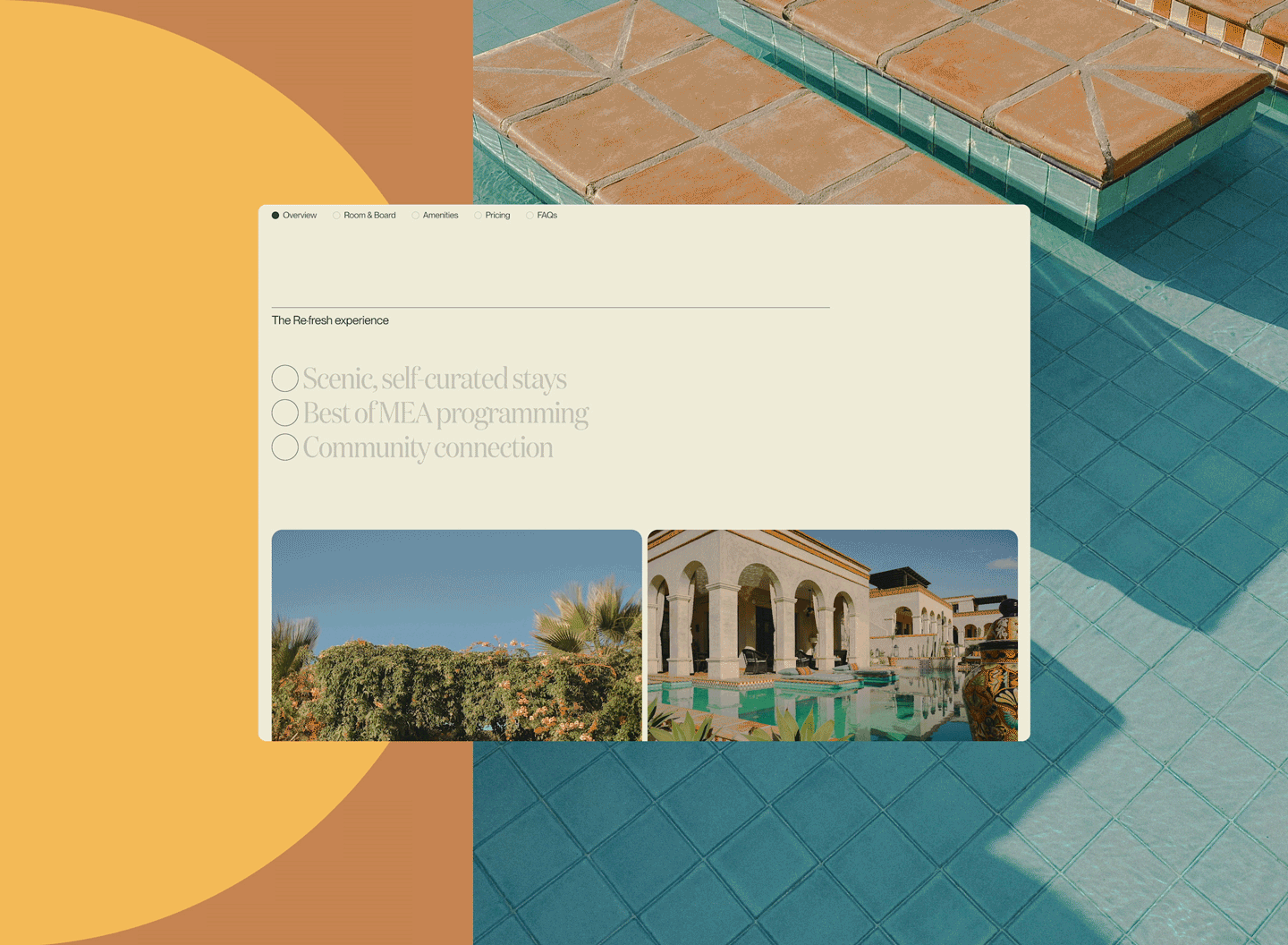Public distrust in technology is growing at the same pace as our reliance on it. We at Upstatement think there is a way to use and design technology for the greater good while maintaining user trust. That’s why it was important for us to make credibility and trust an integral part of branding decisions as we developed apps dealing with the coronavirus pandemic. We made specific feature and language choices to ensure users were confident in each app’s intention for their data, particularly during a time when they already feel vulnerable and confused.
Trust through features
For the contact tracing app we developed with MIT’s Media Lab — PathCheck — we knew transparency would be key in convincing users to use the app while feeling safe, preserving their privacy, and getting back to normal. We wanted the user to know they were in control of everything. For example, when first setting up the app and its permissions, the user can clearly see what information we are asking for and why.
We also made the user’s logged location data readily available for them to view within the app to reinforce its transparency.
For our work with Zero — a community safety app that supports consumers in making smart choices about which spaces to be in — users were both consumers and businesses verifying each other, much like Yelp and other review platforms. In this instance trust is the primary feature, coming from the wisdom of the crowd, and the app is merely facilitating the relationship.
Trust through language
Some of the intentional language choices we made for PathCheck were:
“You” instead of “We”
It was important the user knew they had total control and that the focus is on what they can do with the app, not what the app can do for them.
“Log” instead of “Track”
Within the app the user logs their own location — the app does not send their information anywhere other than their local phone. In this instance we also intentionally call it a “diary” of the user’s location which indicates something private and personal.
“Donate” instead of “Share”
Here we borrowed from the language of blood donation, encouraging users to make everyone safer by donating their data.
The takeaway
Adoption of any technology or platform relies on gaining a user’s trust, and designing PathCheck and Zero has brought this idea into even starker relief.
We learned a lot and know we’re just scratching the surface. As privacy and personal health information become even further entrenched in application development, we hope that the industry will continue to trend towards wise uses of data and design patterns to create quality products that people trust – we know we will.



